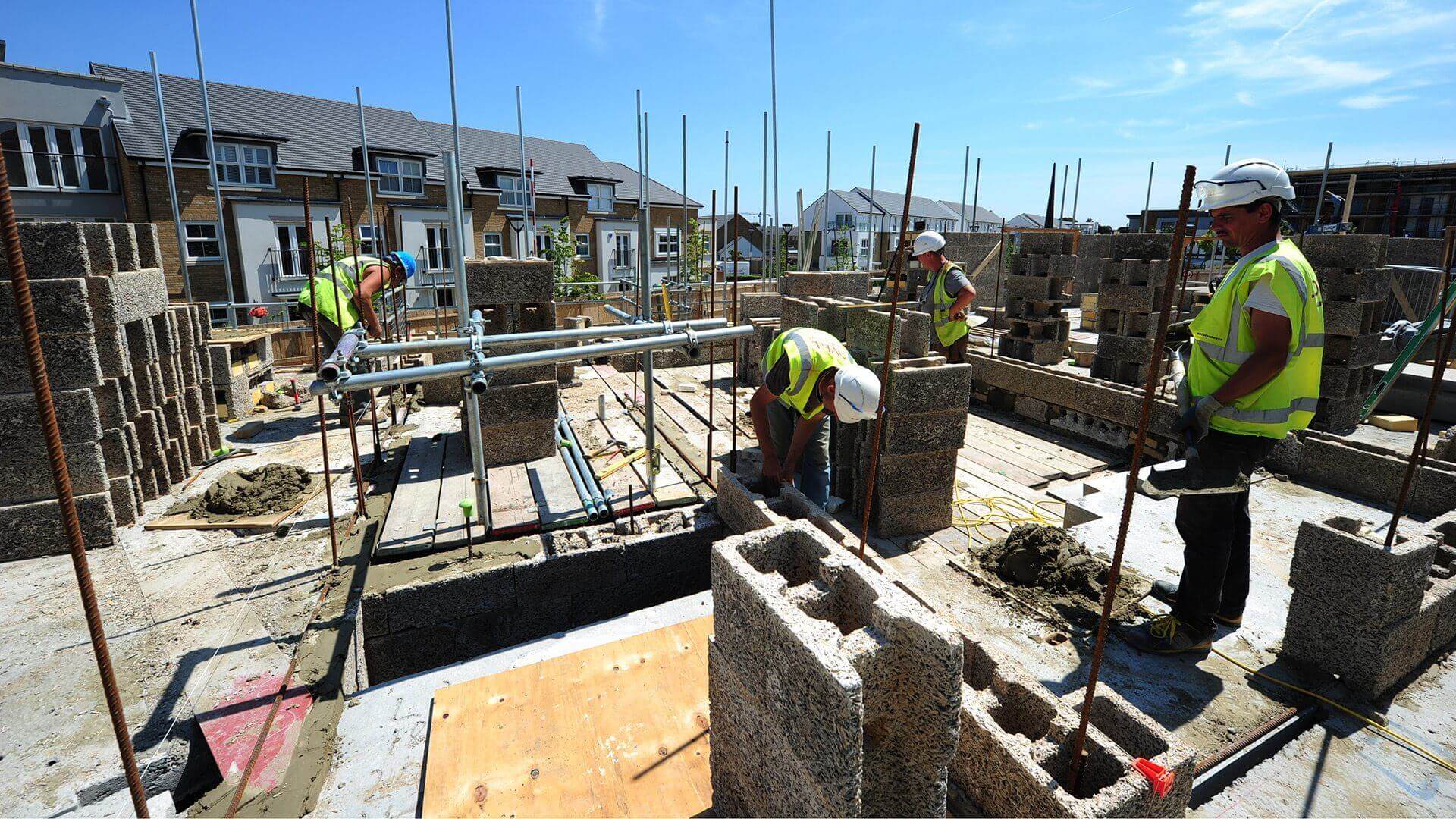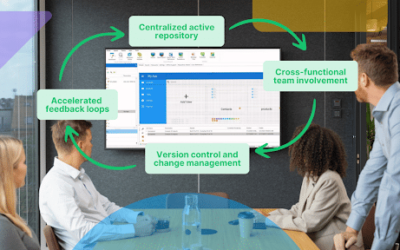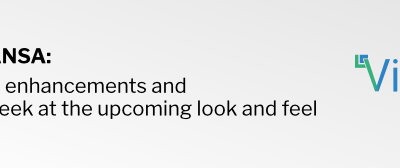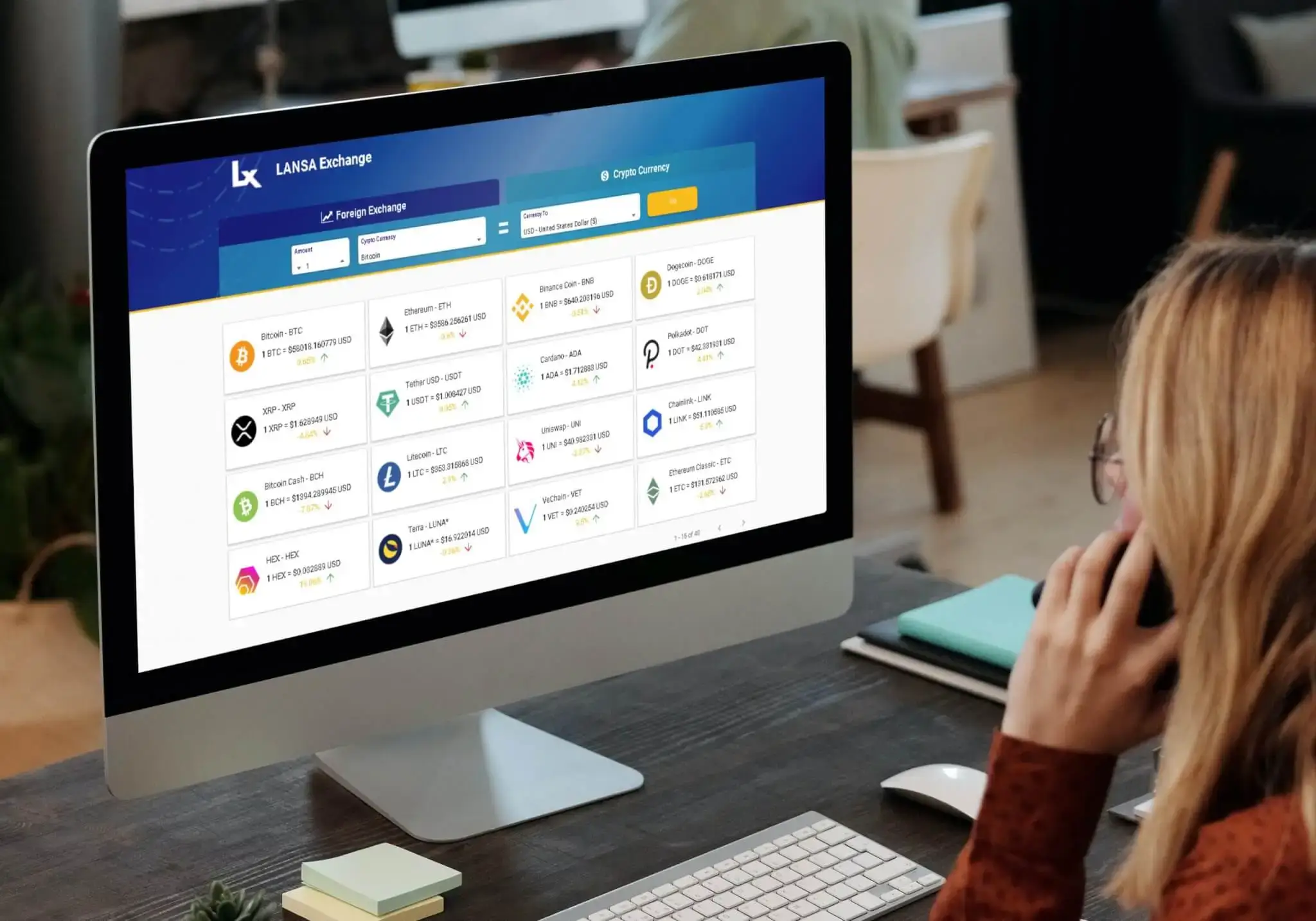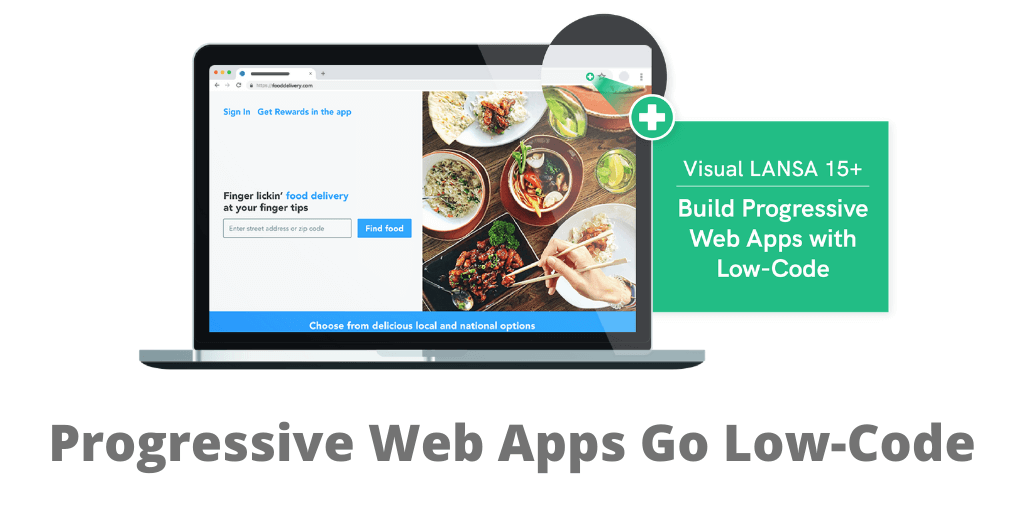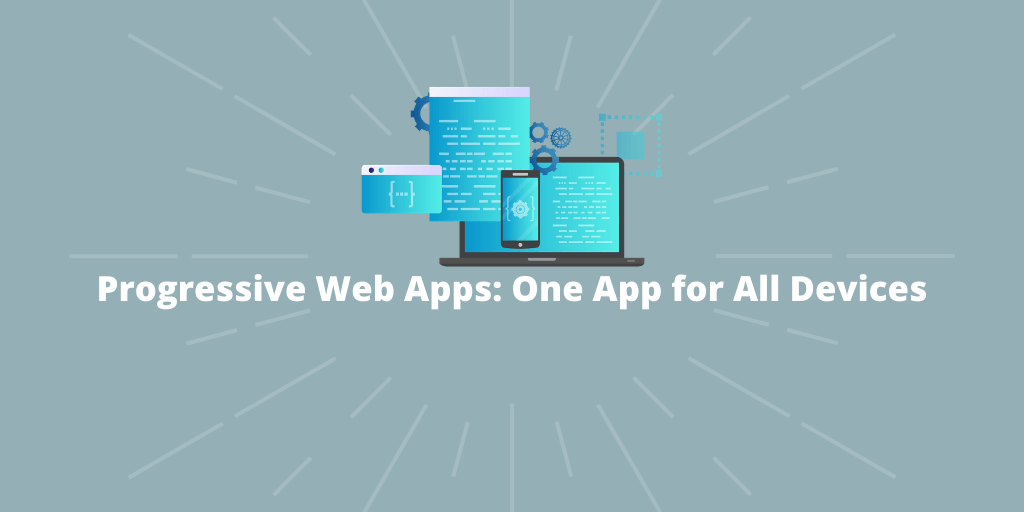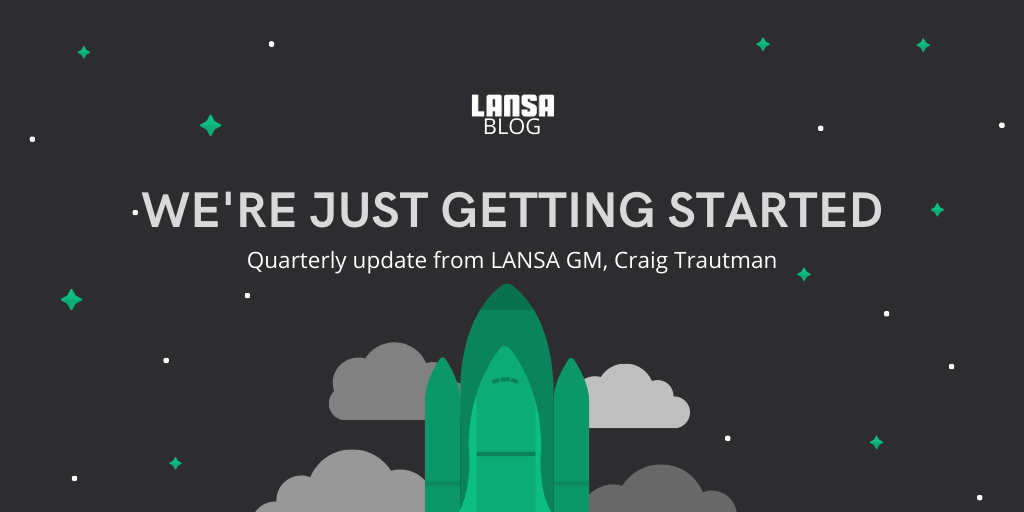Paradigm Housing Group is one of the leading housing providers in the South East of England, managing over 14,000 homes across 33 UK local authorities. When we started over 20 years ago, we already knew that we would have to build a number of systems in-house because, as the first large-scale voluntary transfer (LSVT) in the country, there just weren’t the commercial packages available to support our business model.
In planning our IT development strategy, we realized that in-house development could be an expensive and potentially risky approach, so we looked around for a development toolset that would allow our IT department to focus on the business objectives, while reducing the technical complexities of delivering large, multi-user applications. After careful evaluation, we selected LANSA’s ‘low-code’ platform as our preferred toolset.
Where we are today
Today, all our systems, from building and acquisition through to property rental and management of the rental accounts, have been developed in-house using Visual LANSA, delivering a fully-integrated system across all business areas. While the development team has grown and shrunk over the years to meet changing demands, this has largely been delivered by a single developer.
The repository-based model at the heart of the LANSA toolset meant that we had a clear understanding of the business rules implemented across all systems, ensuring system maintenance was kept to a minimum and allowing us to spend more time on developing new functionalities.
The real beauty for Paradigm is that the LANSA product has kept ahead of the technology curve, so that we have always been able to take advantage of emerging technologies, while still using a single skillset. This has meant that we have extended our systems to provide seamless integration with third-party suppliers via web services, and have developed feature-rich, responsive web portals for both our tenants and other stakeholders.
Our digital transformation exercise
Like every other housing provider, Paradigm faces financial challenges and we are planning to adopt a ‘digital first’ approach to drive down costs and improve tenant services. Fortunately, the LANSA toolset allows us to deliver these services easily, while continuing to provide close back-end integration. This means we can deliver a true end-to-end digital solution, not a ‘smoke and mirrors’ system where significant user intervention is required within the back-office systems.
As part of our digital transformation exercise, we have used LANSA to support our technicians in the field with offline web applications to allow our workforce to receive and update repair requests quickly and easily. Because this information is fully integrated with our back-office systems, it also means that office-based staff have a real-time view of technicians’ activities, allowing them to increase productivity by scheduling work more efficiently.
Would we choose the same route today?
Of course, as I wrote at the start, our decision to develop in-house was largely forced upon us, so the question is whether we would still choose this route today, given that a whole host of packages are now available for the social housing sector. However, for me it’s not a question of ‘build vs. buy’; in most IT departments today, there should be the capacity to ‘build and buy’.
If we were starting again today, we would almost certainly choose to buy packages for some areas of the business, rather than develop them ourselves, but there are still a number of solutions that are better done in-house because of the specific functionality required, or simply because we can do it cheaper than buying a package (and its ongoing license costs).
Just as important is the need to deliver business solutions when they are needed. Selecting and implementing a packaged solution can be time consuming, and you’ll often end up with a solution that provides much more than you’ll actually use (but you’ll still probably pay for it). Ultimately, an agile development environment will ensure business buy-in, and reduce the potential for them to by-pass the IT department and implement ‘shadow’ IT solutions.
Ensuring that in-house developments are successful
I would argue that this agile development environment is just as important in small organizations as in large organizations. However, for small organizations the overhead of maintaining a development resource could be significant. This is where low-code solutions, such as Visual LANSA, are important.
Ensuring that the development toolset is business focused, and in part ‘insulates’ the developer from the plethora of technologies that would be needed for other development products is important in ensuring that in-house developments are successful. Attempting to deliver web solutions where your team will need skills such as HTML5, PHP, JavaScript, Java, C++, AJAX, and so on, is just too difficult when your development team may be only one or two individuals.
LANSA’s low-code platform means that a single coding language can be used to deliver fully-featured web and windows applications. The additional LANSA productivity tools, such as the Visual LANSA Framework, allow you to quickly develop fully-featured applications, but the toolset also allows you to refine the code to meet complex business requirements that can be difficult to do using other products.
Finally, any development environment must allow you to integrate with packaged solutions and other third-party systems. The integrator facilities within LANSA provide a complete set of tools, whether that’s the ability to consume and deliver web services, transfer data via secure FTP, or just send emails and texts, it’s all possible using the single toolset.
This blog was originally published in the September 2017 issue of Housing Technology.
The LANSA difference
Product information and demonstration videos
Case studies
More information


